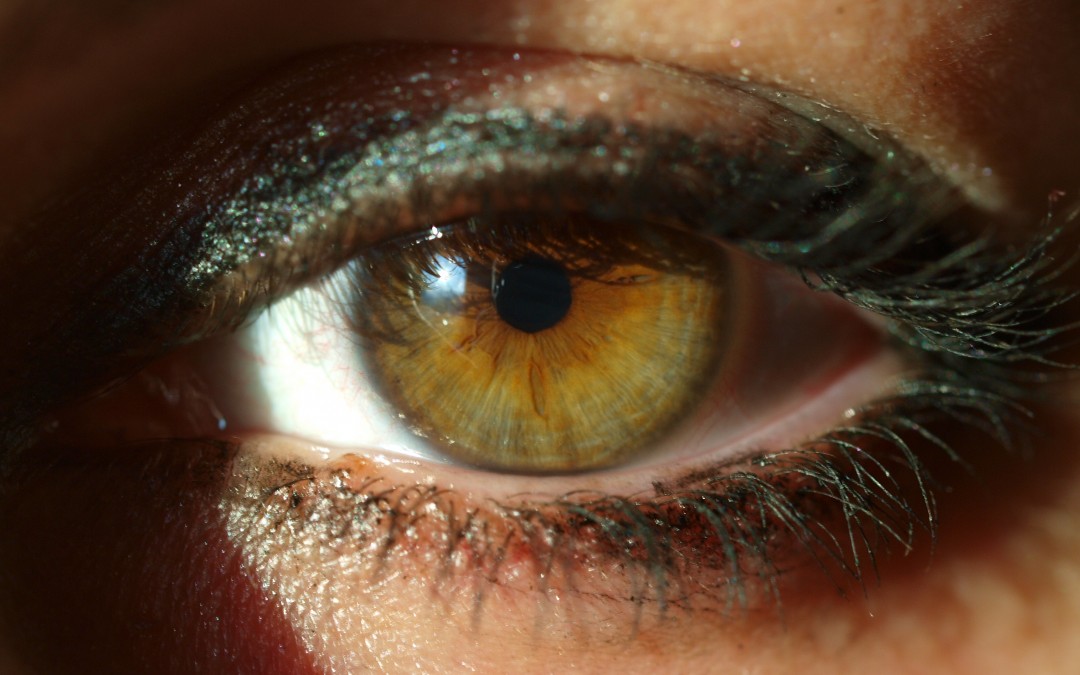
Based on the statistics of the World Health Organization (WHO), the population of low-vision patients has reached around one hundred and sixty-five millions.
Meanwhile, that population is still rising by twenty one millions per year . The prevalence rates of low-vision have been ranging from 2.7% to 5.8% in recent years.
Low vision is a kind of visual impairment that affects people’s daily lives, but parts of useful vision still remain. People suffering from low-vision cannot reach ordinary levels even wearing normal glasses or normal contact lenses because of loss of visual acuity and field of vision. Low-vision patients have difficulties in reading papers, recognizing faces, using computers and mobile phones, watching television, etc.
Lots of research has been done to aid patients with low-vision. One of the important research areas is image enhancement technology. Image enhancement can be used to help low-vision patients to get high-quality images with digital devices. A lot of work has been done in this area. For example, in, a systematic contrast enhancement method has been presented to improve the content visibility for low-vision patients who have the symptoms of loss of fine details and lack of contrast.
In, a strong edge enhancement method was developed to make the images to have a better visual effect for low-vision patients. Experiments show that the developed method could make the visually impaired succeed in recognizing most of
the objects in an image. Low-vision people have a lower ability seeing public signals under a poor environment. In order to target these situations, some applications such as enlarging the targets on visually impaired mobile displays were developed. Currently the images obtained from different resources are color images and thus how to enhance color images for low vision patients is another research topic. In, image enhancement technology for color images were investigated. Experiments with a pair of simulation glasses were performed and experimental results show that the proposed enhancement algorithm for color images is effective. In, an image enhancement algorithm based on the wavelet transform method was proposed. The algorithm can enhance the images by manipulating the decomposition detail coefficients. Experiments were performed using both a normal-vision person and a visually impaired patient by give their opinions on the enhanced image they saw obtained by the new algorithm. The experimental results show that the visually impaired patient preferred the enhanced version over the original images. In, image enhancement technology was used to aid the visually impaired in face recognition. By establishing the pre-emphasis model and contrast sensitivity function in, low-vision patients could compare the original images with the enhanced images. Experimental results show that image enhancement can improve face recognition rates. Besides the paper mentioned above, there are many other papers that deal with image enhancement for low-vision patients.
With the development of science and technology, mobile devices such as the iPad or iPhone have become popular in our daily lives and thus also provide convenient tools for low-vision patients. Low-vision patients can use mobile device to read text, watch video/see images, find the routes, etc. However, similar to other electronic devices, the information needs to be through special processing before it can reach low-vision patients. For example, the texts need to be magnified before the low vision patients can read, the images/videos need to be enhanced before the low vision patients can see/watch. There are many papers dealing with text magnification but not too much research on image enhancement for mobile devices.


